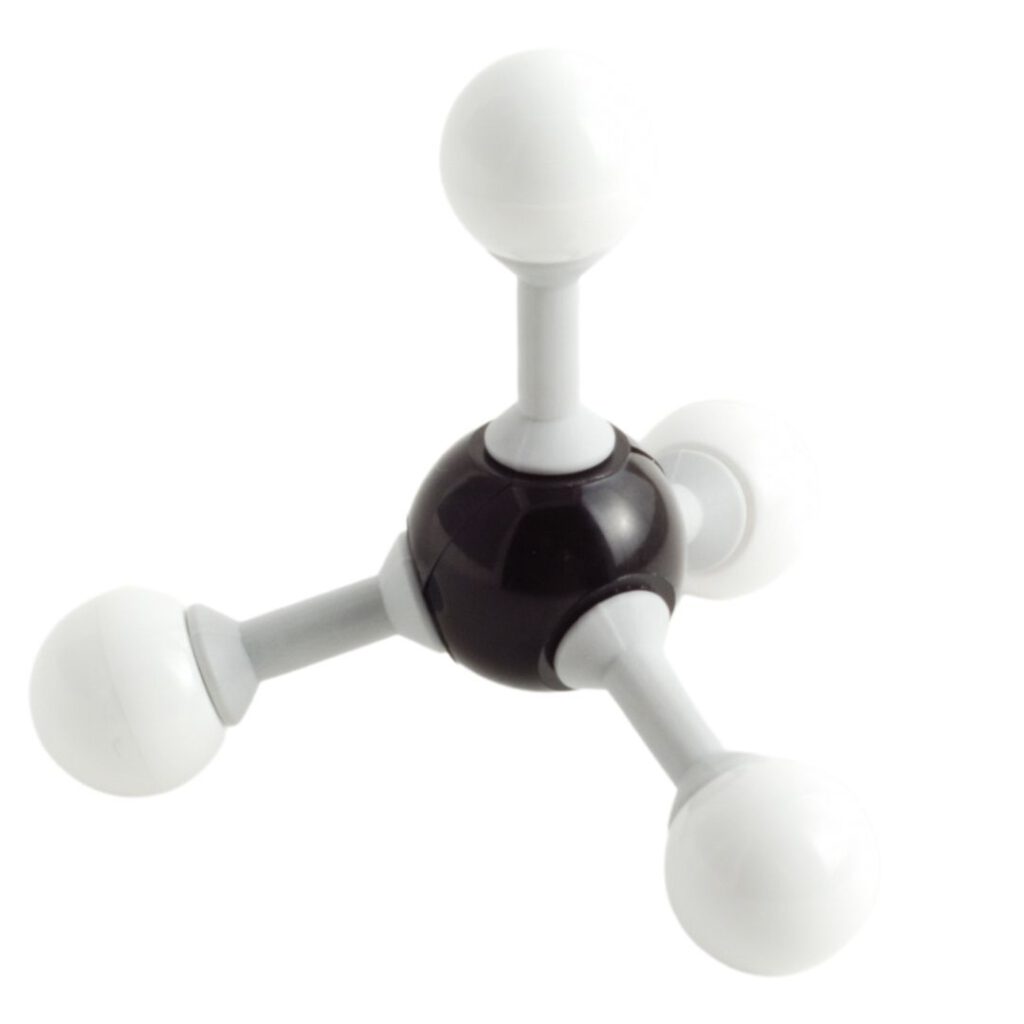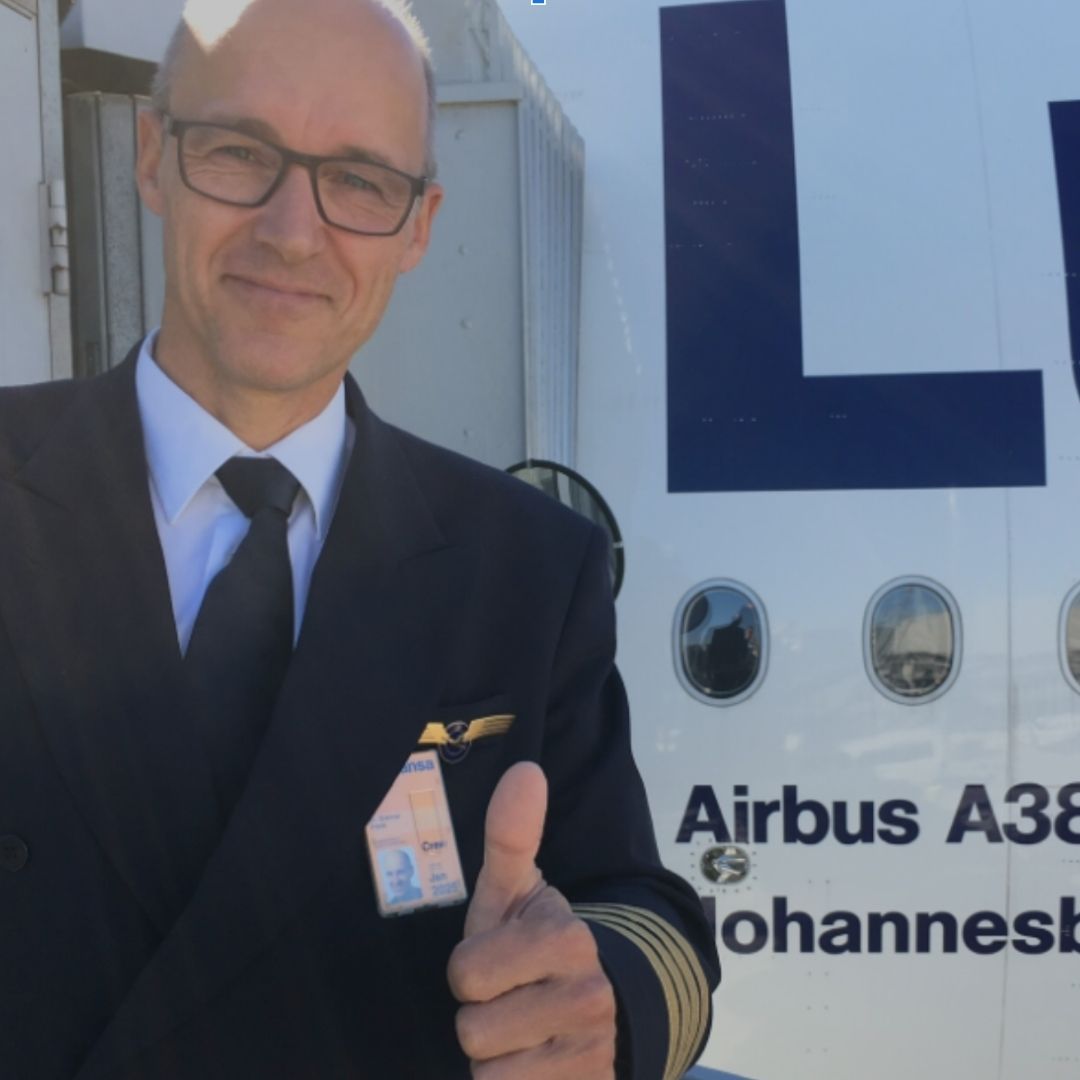Why LOOKING FOR A Green Aircraft Concept?
We need to change the way we fly
Not only short haul flights cause CO2 emissions in air travel. Long haul flights do so as well.
Furthermore, contrails and cirrus cloud formation contribute to the green house effect in the global atmosphere.
Reducing contrails and making aircraft fuels CO2 neutral will help to limit global warming.
This is why we propose the following solution:
GREEN AIRCAFT CONCEPT
Designing the first climate-friendly wide body aircraft
About the plane
280 passengers
9,000 km
Maximum Take-Off Mass: 224 tons
Wingspan 65,0 m
Length 63,3 m
Cruise Speed: Mach 0.85
Insulated fuselage tanks, that are separated from the pressurized passenger cabin.
Slim and efficient wing design.
More info about the plane...
This wide body long-range aircraft is based on today’s well-understood aircraft design concepts.
Jet turbine engines need minor modifications.
The aircraft can be operated not only with Green Methane, but as well with alternative back-up fuels (methane or kerosene). This eases the transition period until a worldwide Green Methane supply is assured.
A different aviation fuel.
Why Green Methane
Green Liquid Methane comes with substantial benefits

Green Methane is CO2 neutral.
Its combustion emits the amount of CO2, that it has taken up during its production.
Green Methane reduces green house effect of contrail- and cloud-formation.
IS METHANE AIRCRAFT FUEL ALL NEW ?
No, for narrow-body aircraft:
More than 30 years ago, gas powered TU-155 flew over Russia.
Yes.
Long-range wide-body aircraft on methane fuel are a challenge to be taken up now.
Yes.
Long-range wide-body aircraft on methane fuel are a challenge to be taken up now.
Green Methane OR Green Hydrogen ?
Green Methane liquid is
-less voluminous
-safer to handle
-less volatile
-easier to store

Hydrogen fuel is politically very much „en vogue“. Research is funded by governments. Airbus Industries published hydrogen aircraft studies.
Green Methane long-range aviation fuel provides substantial advantages:
Green Methane tanks are 3x smaller
…than hydrogen tanks. Green Methane tanks fit into today’s aircraft fuselages. Retrofit of the actual fleet needs to be evaluated. This could allow a quicker transition to a climate friendly intercontinental aviation.
Green Methane is safer to handle, less volatile
Liquid hydrogen needs to be stored at extremely low temperatures (-250 °C) in large aircraft tanks. Leaking of super-cold hydrogen may lead to brittle fractures and could critically weaken the aircraft structure.
Green Methane storage temperature is higher (-170 °C) and therefore less problematic.
Hydrogen H₂ molecules are very small. H₂ tends to diffuse through seals and fittings. On the other hand, Green Methane may use today’s infrastructure. It can be distributed by ship or pumped through natural gas pipelines. Storing is possible in today’s gas tanks.
During generation, distribution, storage and combustion, unburned methane may leak. It shows a pronounced radiative forcing effect and should not be released to the atmosphere („methane leakage“). This is a serious thread, that needs to be addressed. More efforts are required to minimize worldwide methane leakage!
METHQUEST project shows how to produce and use Green Methane
Problem
Green Methane supply needs to be generated in sufficient quantities.
A green Power-to-Gas industry is key element for a sustainable energy supply
Intermediate solution
Conventional methane is readily available today and may serve as intermediate aviation fuel.
Even conventional methane causes ca 50% less relative radiative forcing effect (greenhouse effect from contrails & cirrus clouds) in air travel, compared to today’s kerosene (or synthetic kerosene)
Some Facts about METHQUEST
The Numbers Speak For Themselves
(Der folgende Text sollte vor der Kontaktaufnahme "GET IN TOUCH" stehen und den Leser zur Kontaktaufnahme motivieren)
The first step towards climate friendly long-range air travel:
Converting a B777, B787, A330 or A350 test aircraft to operate on liquid methane fuel (with kerosene backup).
Who is ready to pioneer with us in that field?

ABOUT THE ENGINEER BEHIND THE CONCEPT
Felix Brenner
The engineering and design office was established in 2019.
Aerospace engineer Felix Brenner (University of Stuttgart/Germany) offers design service for selected industry applications, including aircraft concept design and CAD constructions for 3D-printed elements.
Feel free to contact us via email: info@GREEN-AIRCRAFT.com
2019 Printed Electrics for aircraft seats. Factory Intern at AIRBUS Industries / Hamburg and in cooperation with the Institute for Aircraft Systems / University of Stuttgart. Awarded with the Hamburg Aviation Nachwuchspreis.
2019 Factory Intern, cockpit design, at PORSCHE cars.
2020 Project H-Craft. A hydrogen powered short-haul aircraft.
2020 Patent “Electrical Connection System For A Seat”
2021 Green Aircraft concept for a long-haul aircraft, based on Green Methane fuel. (Master Thesis at the University of Stuttgart)
reference
Dr. Frank Brenner
Flight Captain, Aviation Advisor for the Green Aircraft Concept and supporter. He held management positions and logged more than 10,000 flight hours on commercial passenger aircraft B737, B747, B777, A319/320/321 and A380.

Contact Us
If you have any questions, please contact us. We are happy to talk with you about our Green Aircraft Concept and discuss further details.
